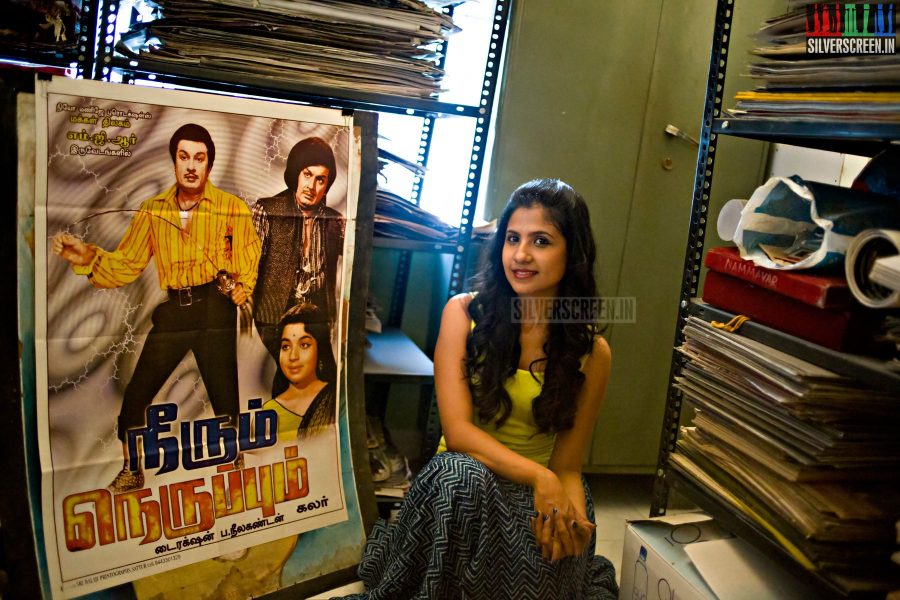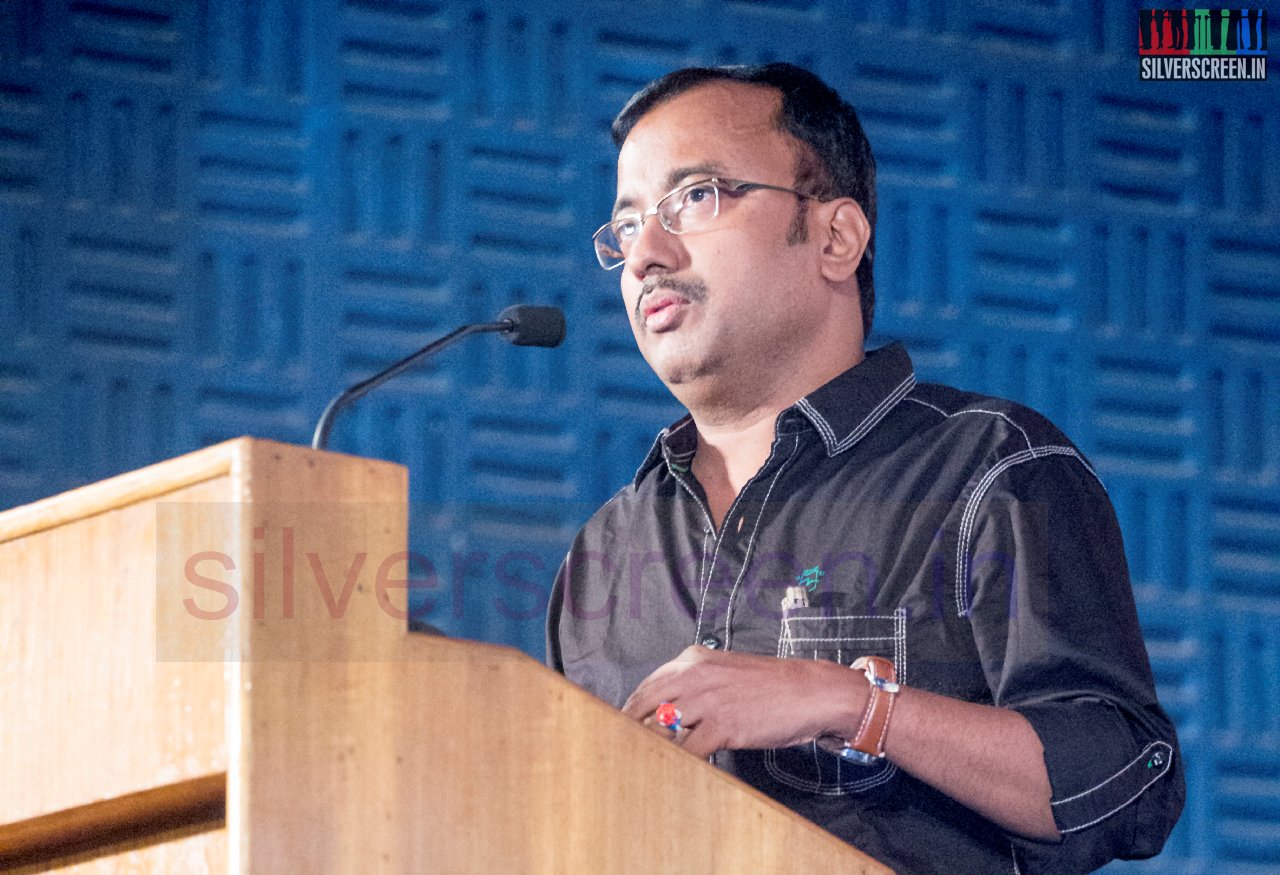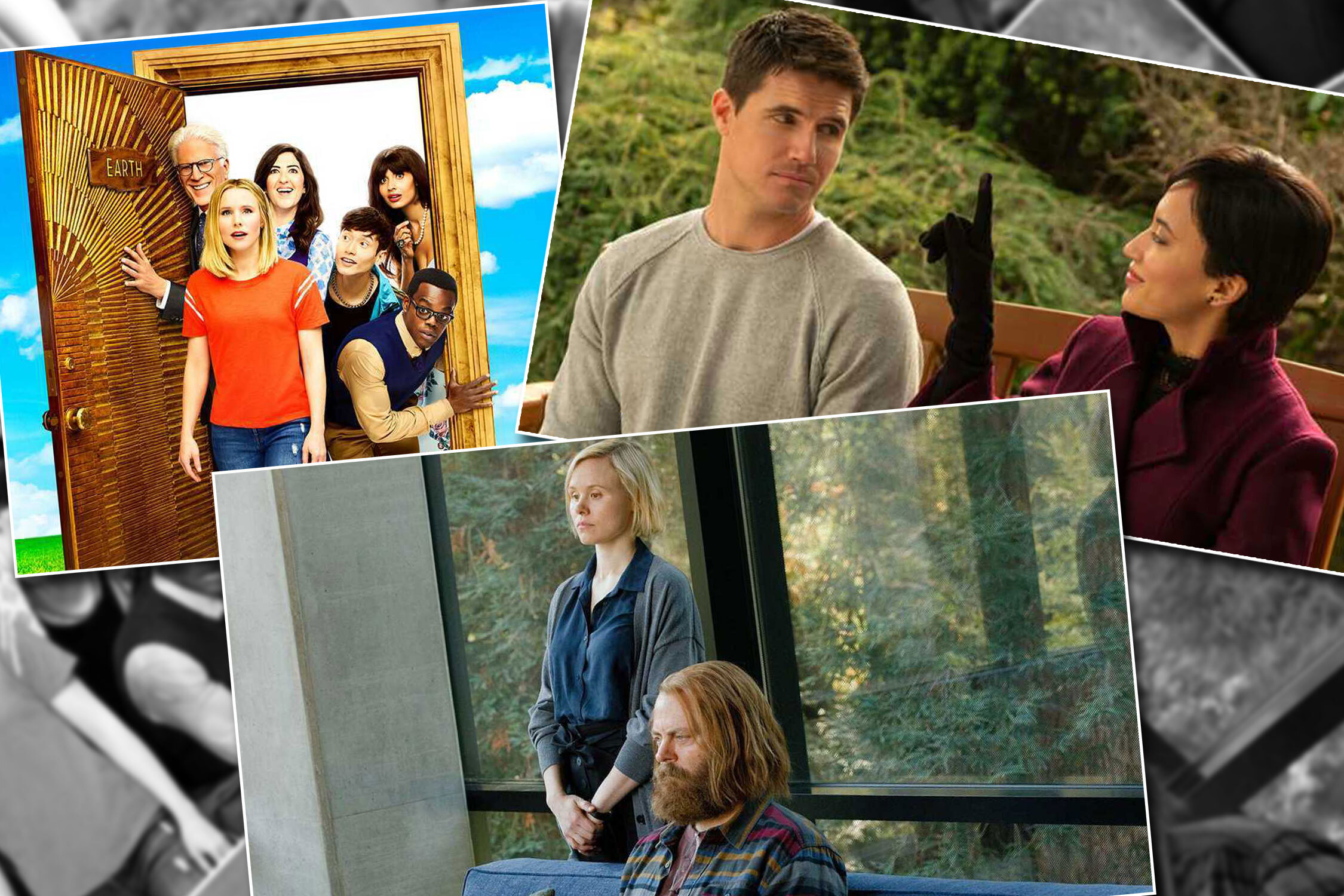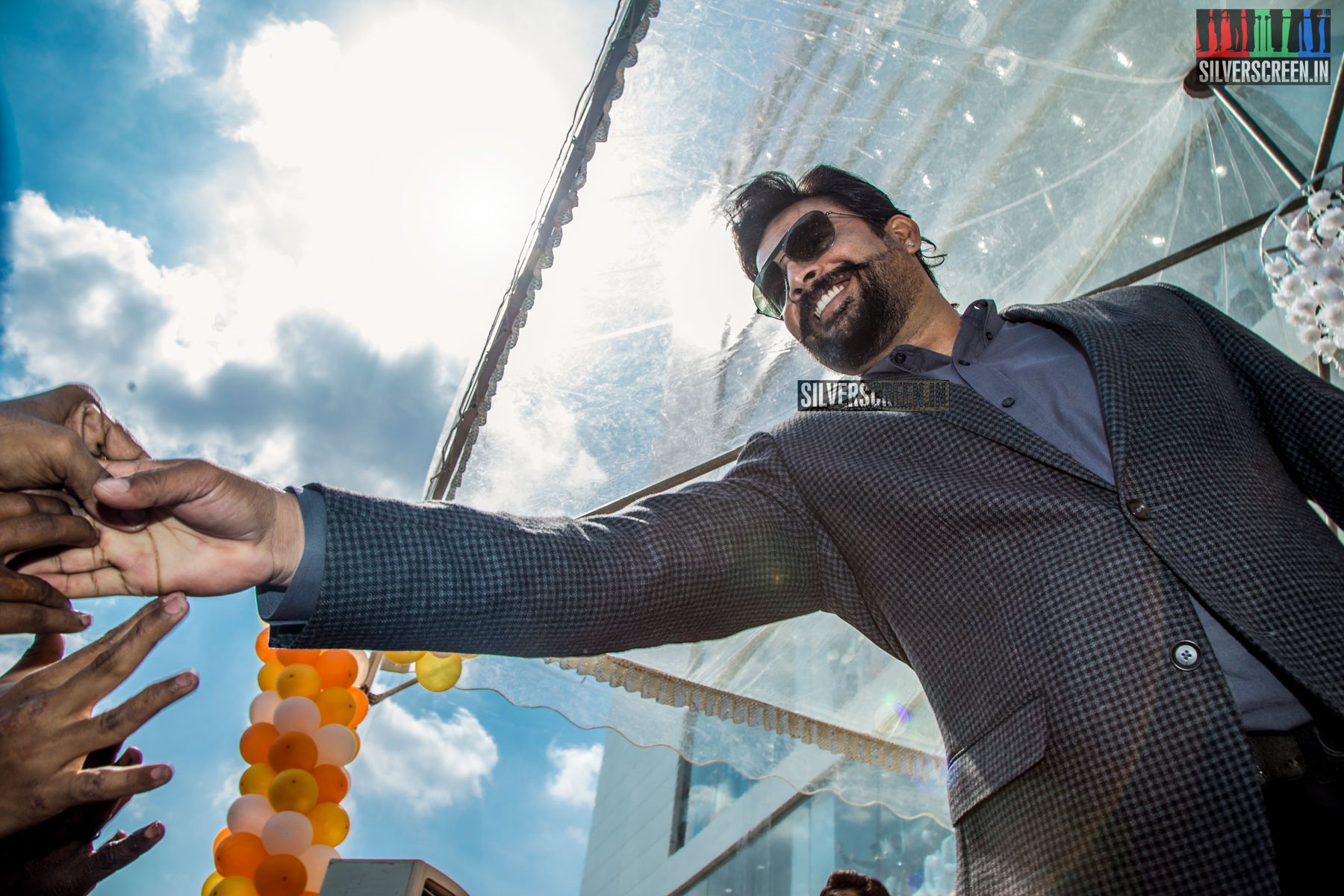National Award-winning documentary filmmaker Sruti Harihara Subramaniam recently spent six months shooting a non-fiction series that features Oscar-winning composer AR Rahman as the show-host. Titled Harmony, the five-part series will introduce the audience to four indie musicians from different parts of the country. The film will stream on Amazon Prime from August 15.
“For a long time, I was the jack of all trades,” laughs Sruti Harihara Subramaniam recollecting her school days when she dabbled in music, dance, and photography. She was a part-time model and actor in her early twenties when she won the Miss Chennai pageant in 2002. After a few acting gigs, which she calls ‘an organic shift,’ she moved behind the camera to embark upon a career in filmmaking. I have always been curious to know what happens behind the camera, she says. After assisting directors like Revathy and Vishnu Vardhan on a Tamil telefilm, and Panjaa, a Telugu feature film, Sruti ventured out as an independent filmmaker, beginning with corporate films and commercials.
Then came two National Awards that changed her life altogether.
In 2016, her debut documentary titled A Far Afternoon — A Painted Saga, based on the life and recent works of a 90-year-old artist, Krishen Khanna, won two National Awards for Best Documentary Film and Best Music in Non-Feature categories. The film went on to be screened at a number of international film festivals. Rather than anything, it helped boost Sruti’s morale, and find a footing in the field. “The award announced to the world that I was a serious filmmaker,” she says. “Post the award, I realised I had to be more responsible and not take my work for granted. I could no longer sit idle and expect things to work out.”.
Her latest work is a non-fiction series, Harmony, that features Oscar-winning musician AR Rahman as the host. The team travels to four places in India (Kerala, Mumbai, Manipur and Sikkim) to meet four indie musicians – Ustad Mohi Baha’un-din Dagar (Mumbai, Maharashtra), Kalamandalam Sajith Vijayan (Thrissur, Kerala), Lourembam Bedabati Devi (Imphal, Manipur) and Mickma Tshering Lepcha (Western Sikkim) – with whom Rahman holds conversations and jam sessions. In the trailer of the film, the composer explains, “Music should not be limited to one community or one country; it should be accessible to everyone.” Dagar specialises in rudra veena, a rare string instrument, while Vijayan is a noted mizhavu (a percussion instrument) player. Mickma is an accomplished panthong palith (wooden flute) player, and Bedabati Devi, a vocalist, is known for her rendition of the nearly extinct folk music form, Khuilang Eshei.
*****
“After I won the National Awards, I was approached by Kavithalaya Productions who were at that time, planning a project for new generation digital platforms,” Sruti says, recalling the birth of Harmony. Incidentally it was Kavithalaya, the production banner founded by late auteur K Balachander, that introduced Sruti as an actor through the tele-serial Sahana. “They were planning to revive the banner with a digital platform project, and suggested the idea of making a non-fiction film on music. What followed was a year-long research.”
At that point, Rahman wasn’t in the picture. Sruti knew she wanted to showcase the fascinating diversity of Indian music. “I wanted to feature unique musical instruments – string, percussion. And personally, I wanted to make sure that there was a woman musician in the fold. It was not just enough that the film showcased great music. The musicians needed to be characters in themselves. We wanted to tell their personal stories too,” she says.
When the draft was ready, she approached Rahman who readily agreed to be a part of the project. “Everything became more exciting after he came on board. As an ardent fan, I have been following him for very long time, but then, I had to do some extensive research on him to understand him as a person,” says Sruti.
Being the anchor of a show was new to Rahman. He had to visit the musicians in their house, talk to them and jam with them. “It had to be organic, with a very strong human element,” says Sruti. “And in the final episode, they all come together on the floors of YM Studios in Chennai to do an ensemble music piece, which is magical!”
During several media interviews in the early days of her career, Sruti had called Rahman and Mani Ratnam her idols. How was it like to see Rahman in this new avatar, I ask her. “I learned that he had a great sense of humour,” she says. “And, he is open to collaborating with new people, no matter how junior they are in comparison to his long-standing professional experience. I am a newbie, but he gladly incorporated many ideas that I suggested. At the end of the day, he is a great human being. He doesn’t want to compromise on his work, and has a constant drive to improvise.”
As the shoot progressed, the team found that the musicians and Rahman had quite a few common threads that sparked conversation. “Dagar lost his father at a very young age, and then quit school to pursue music. Rahman has a similar past. Bedabati Devi traces her beginnings to All India Radio, and Rahman has done that too. Lepcha has his own band which he started with his friends, pretty much like Rahman,” she says.
The film flows like a travel documentary, featuring different parts of the country. Instead of looking for a uniform visual tone, Sruti and her team showcase the geographical diversity of India. The locations – all very picturesque – had to be chosen carefully because the team was using sync sound. “In hilly terrains, honks can be heard kilometers away. Thankfully, I had a great team of live sound-recordists. There are pictures of my assistants lying down on the road with ‘No horn, please’ signs during the shoot in many places.
Sruti hopes Harmony will better her last work, A Far Afternoon. “I have never faced difficulty in getting funds or the right producers, but the journey of a documentary filmmaker is never easy. I hope that with Harmony and many such projects, the audience will start to embrace non-fiction. And, I am glad that platforms like Amazon are giving opportunities to documentary filmmakers who, otherwise, have a hard time finding acceptance in mainstream arena.”
Incidentally, both her documentary projects feature artists who excel in their respective fields. She says working with the veterans helped her personally too. “The best part about (making) a documentary is that it’s not just a creative journey, but also a personal journey,” she observes. “I meet different people, work with the best artistes, travel a lot, understand different cultures. I am talking not just about Rahman sir, but each of the musicians featured in this show. They have inspiring personal stories to tell. Of struggles, grit and a passion to preserve their tradition. The artist with whom I worked with in A Far Afternoon is over 90. He still finds the motivation to wake up every day, and work.”
*****
An advocate of sustainable living, Sruti is an entrepreneur. In 2013, she founded Golisoda, a brand through which she sells upcycled products. She is also the co-owner of Ashvita Bistro, a cafe in Chennai’s Alwarpet neighborhood where regular workshops are held on eco-friendly living. “I don’t see these as a job. My family was already in the business field, so I could combine my love for sustainable living with a commercial enterprise, through Ashvita,” she says.
Perhaps the most fascinating of her ventures is The Cinema Resource Centre, a non-profit public archive of Indian cinema that she launched in 2009. An extension of her personal memorabilia, the TCRC has a collection of over “8,000 movie posters, 5,000 lobby cards, 3,000 song books, 300 long playing records, 700 pieces of literature on cinema, and 25,000 photographs.”
Recommended
“I come from a family which has no film connections,” she laughs, “Collecting ticket stubs, posters etc was my way of expressing my love for cinema. As an adult, when I went abroad, people assumed that I was working in Bollywood because that’s all they know of Indian cinema. I wanted the world to know that Indian cinema was not just Bollywood, so I started preserving Kollywood memorabilia. And it was painful for me to see posters, cards, magazines, photographs and all that getting lost.” In the future, she hopes to turn the TCRC into a larger space, a film museum and a cultural centre where film-related activities can be held on the sidelines a cozy cafe.
*****
The Sruthi Harihara Subramanian interview is a Silverscreen exclusive.



